If you want to see true creativity at work learn from scientists says Headland’s Tom Lawless

Inspired by Science
Anyone who works with me can testify that I almost exclusively put forward ideas that are an extraction from something I have read in New Scientist magazine.
That’s not to say I remotely understand all of what I will have read, but the ideas science exposes you to are often mind-bending, perspective-altering concepts that seem to frequently translate into creative challenges.
In my view, scientists are the most creative people, and science fosters creative thought better than any other industry.
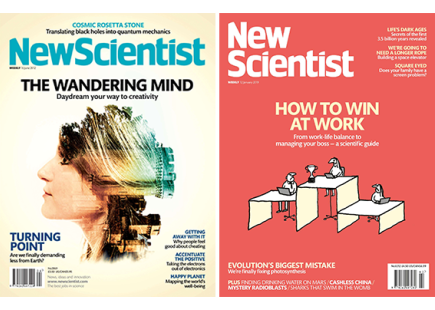
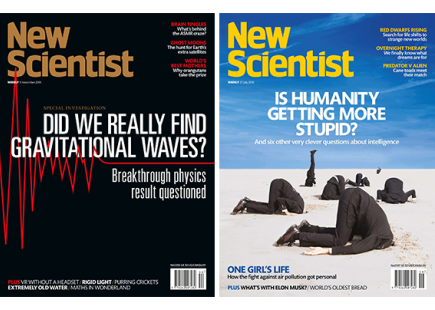
Scientists Connect
I have huge respect for people who dedicate their lives to working out what it’s all about and then somehow make their ideas accessible to the masses.
These people look at reality on a quantum level and then come up with mind-bending ideas by connecting the most complex of things.
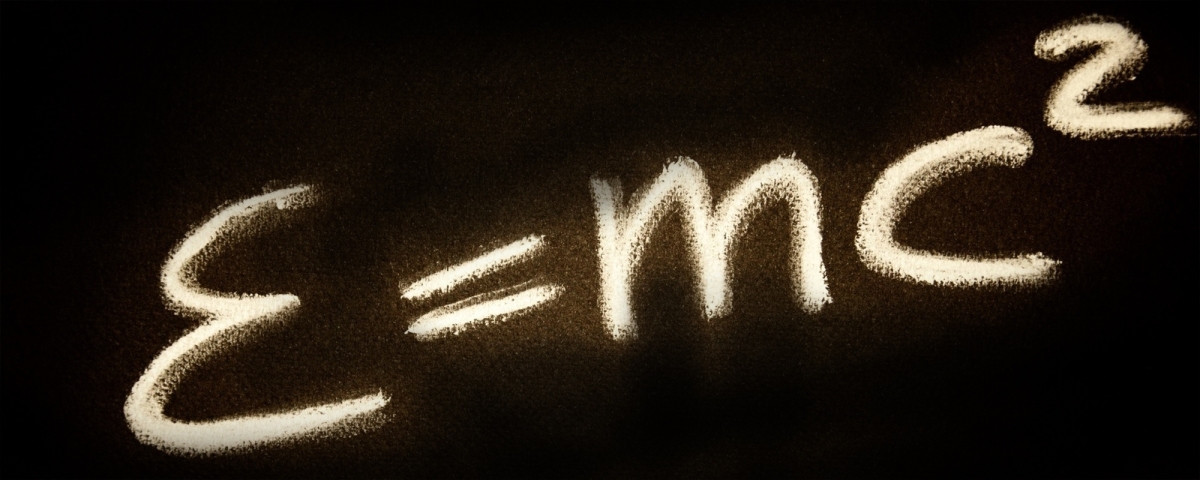
Space-Time Fluid
For example, my mind was blown when I read that physicists have made models of warped regions of space-time from fluids and found them to be similar.
Taking that insight together with some horrifically complicated maths, a scientist called Bei-Lok Hu had an idea that space-time isn’t just like a fluid, but is a fluid, and can undergo similar phase changes to water, ie, condense from vapour to liquid.
The implication is that, without something like condensation, the atoms of space would not exist in the state in which we experience them now but would be floating around in a nebulous vapour. As I understand that idea, Hu is saying our universe exists because its atomic parts condensed into this state on a cosmic windowpane.
I challenge anyone to offer up a more creative thought than that.
And not only did Hu come up with it, he managed to explain it to a mass audience – something our industry tries and fails to do on a daily basis.
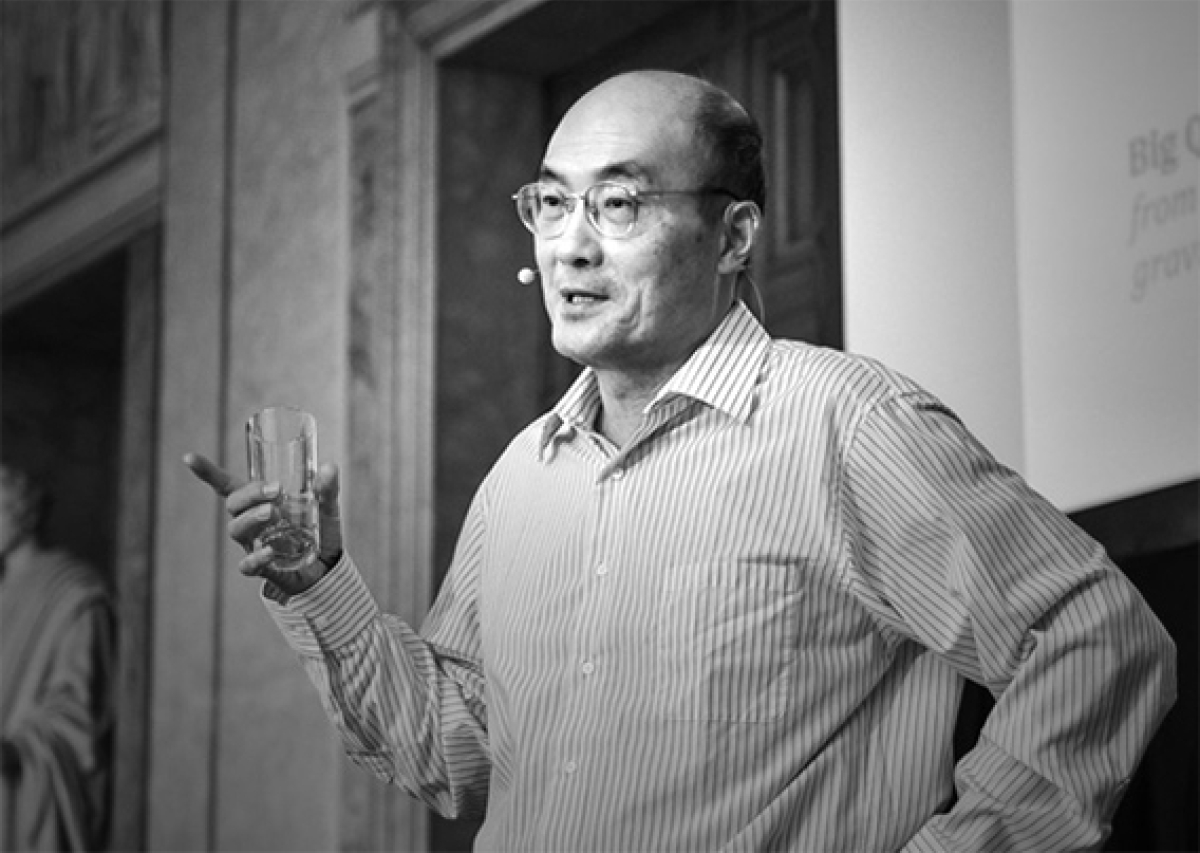
Acute Insight
Scientists have the most acute ability for insight of anyone. In an industry talk on that subject, W+K’s Martin Weigel refers to this quote from Nobel-winning physicist, Richard Feynman:
“Even if you know all the names for a bird, you still know nothing about the bird. You only know something about people; what they call the bird.”
If you agree with Martin, creative professionals can be terrible at insight, despite its critical importance to what we do.
We can learn something from the scientific discipline for insight as it is scientists who are taking reams of dense data from satellite networks or particle accelerators, spotting patterns or anomalies in the numbers and then translating those insights into explanations of our physical reality – from the existence of new particles to the existence of planets beyond what is visible from Earth.
These people are genuinely setting out to find insights and create new ideas, not use insights to post-rationalise pre-determined ideas, which is an approach that is all too common in our industry.
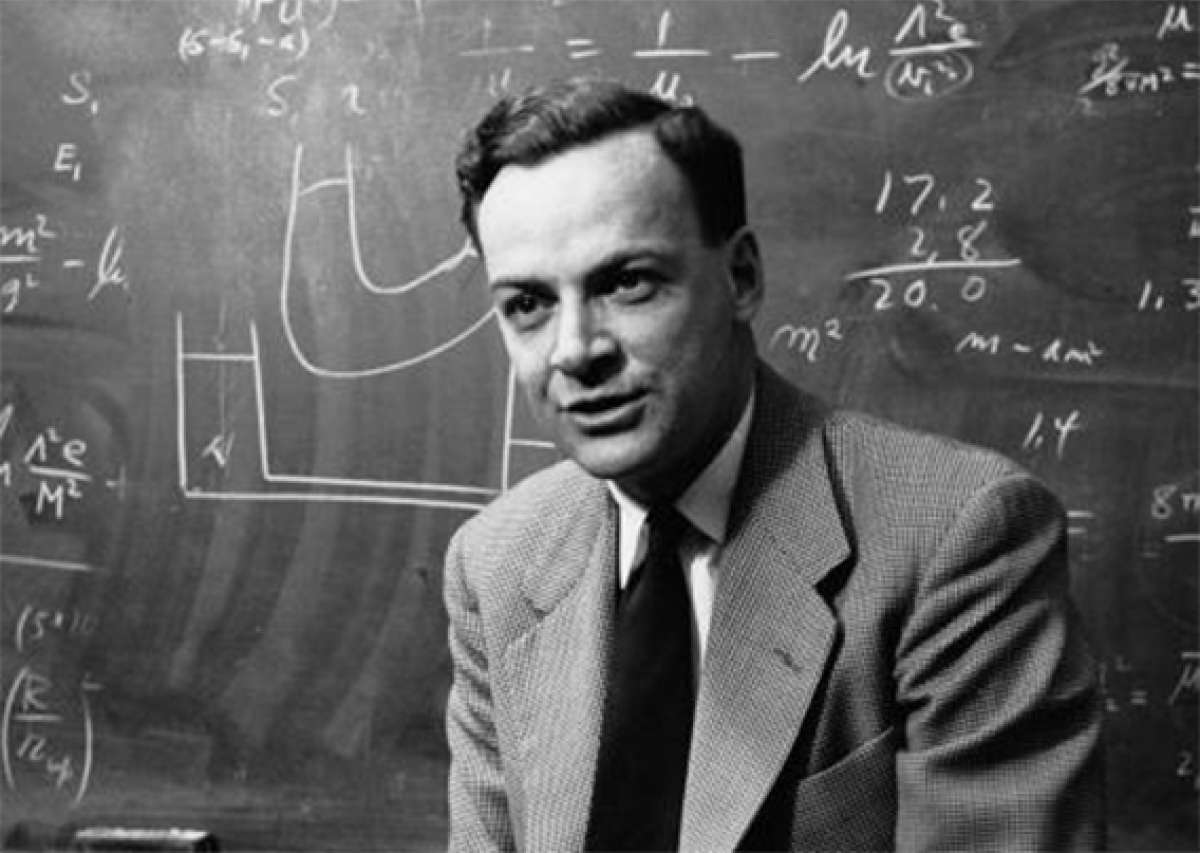
Create and Collaborate
Creativity and collaboration are never far apart, and it is science which made them bedfellows.
It is collaboration between people and between nations which opened-up space travel, gave us the internet and pretty much every significant innovation ever.
Perhaps the most made-to-measure example is MIT’s Building 20. This was a post-war temporary structure on the MIT campus that was in use between 1943 and 1998. It threw together people from lots of different disciplines and fostered collaborations that would never have happened otherwise. It gave us Bose speakers, early semiconductors and hacker culture, to name a few.
Creatives often like to make sure they get the personal kudos for ‘their idea’. I don’t think you see that mentality as much in science. Theirs is the outcome, not the glory.
Something we can probably all learn from.

If you enjoyed this article, you can subscribe for free to our weekly email alert and receive a regular curation of the best creative campaigns by creatives themselves.
Published on:


